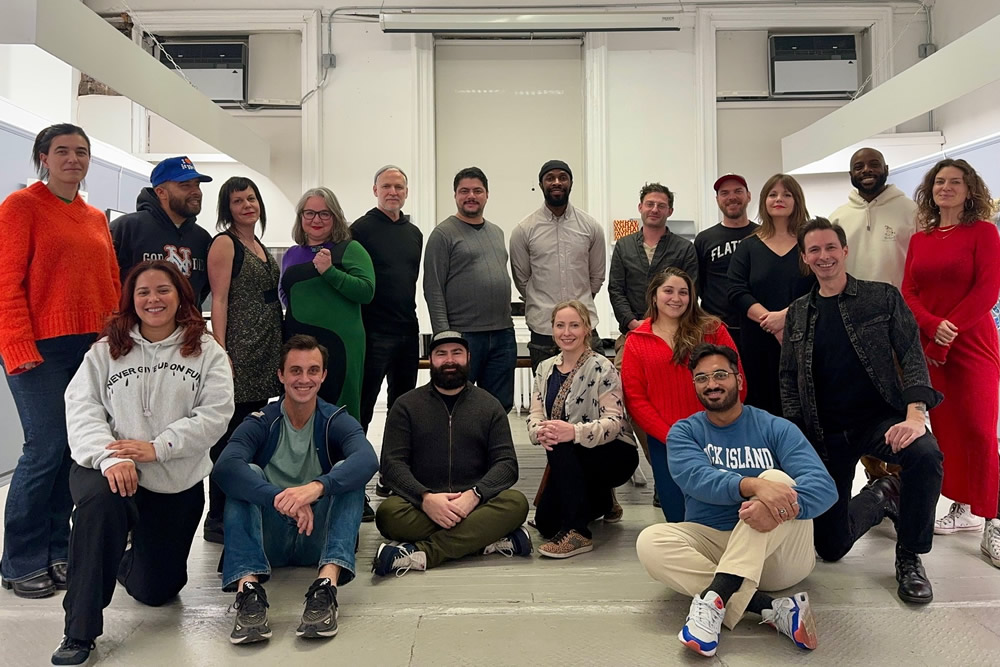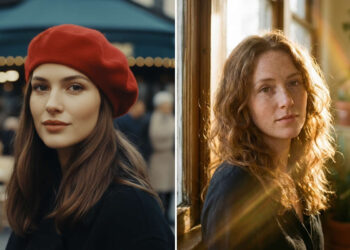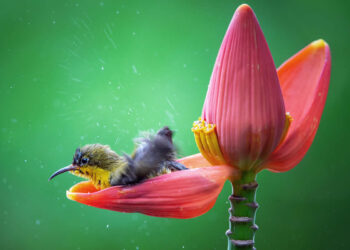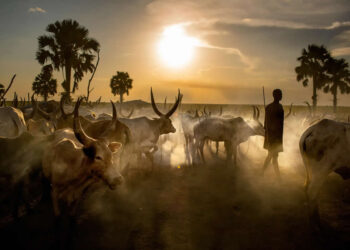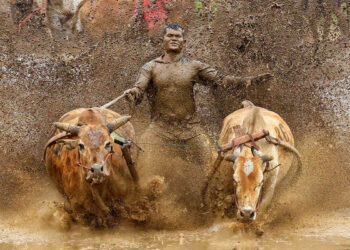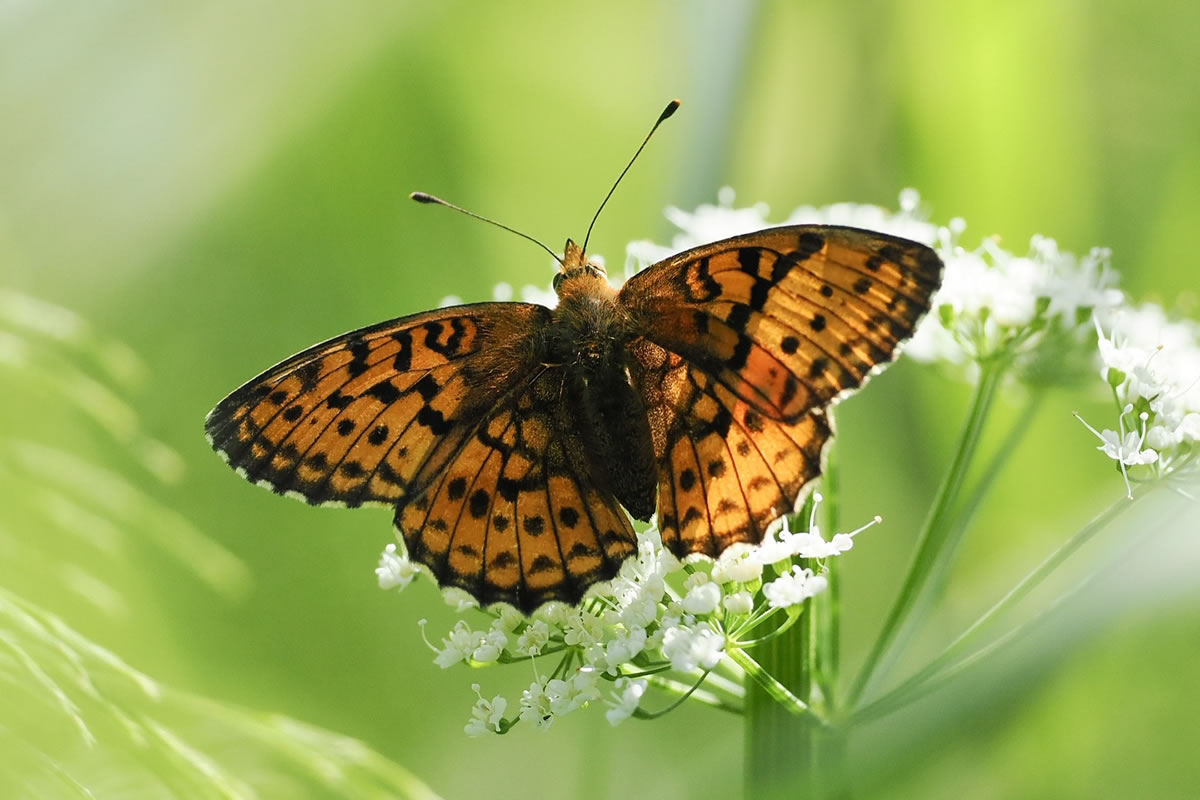Interview by Adana Vincent
Over the past decade, CMC has become a supportive space in the New York art community where photographers of all levels come together to connect, learn, and showcase their work. As Camera of the Month Club (CMC) approaches its 10-year anniversary, we take a closer look at this welcoming community built under the roof of the iconic Soho Photo Gallery. Today, we speak with Erica Reade, the founder and director of CMC, about the journey, achievements, and future plans of this inspiring collective.
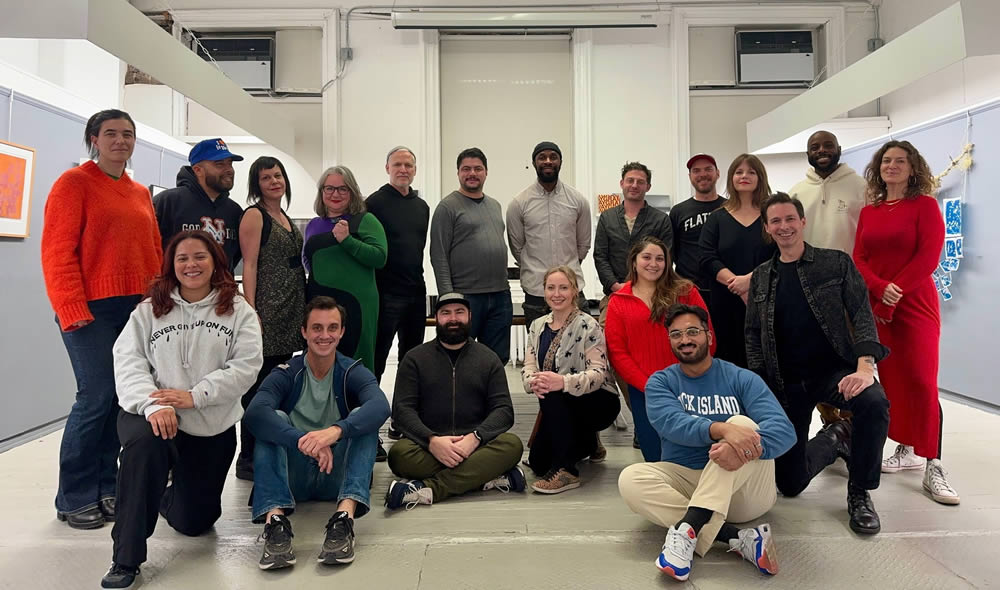
Adana Vincent: Can you tell us about your journey into photography and what inspired you to start CMC? What was the pivotal moment that made you decide to turn your passion for photography into a community-driven project?
Erica Reade: My journey into photography was like many, as a hobby that grew into a passion and near-obsession. I went to a fine arts elementary school and took a darkroom class in high school, where the seed was planted. While my studies took a turn toward human rights and development, my creative attention always led me back to photography. After graduating from New School University with my MA in International Affairs, I was fortunate enough to travel abroad several times through my work, allowing me to document our work all over the world. I was never happier than when I was taking photos in other countries. Back in NYC, I spent most of my free time roaming the city’s streets, taking photos.
In 2011, I began working at Leave Out Violence (LOVE), using the arts in a group setting with teenagers. The elements I created in my role as Program Director with young people later fed into what CMC is today: working on creative projects with peers, garnering feedback, nurturing projects from infancy to full-blown bodies of work, and creating a friendly, supportive environment to share work. Photography can be really lonely, often starting as a conversation and relationship between you and your camera and ideas. Having seen what community brought to the young people I worked with only fueled my own hunger for a supportive creative community. In an art world that can be exclusionary, I wanted to create a welcoming space.
I looked around for other photo clubs, but none spoke to me. I had the idea of creating a photo club where each month members would meet to share the work they had taken on the format of the month. I held my first informal meetup at a bar in September 2014, advertised through meetup.com, and there was enough excitement and turnout that I decided to look for a formal meeting space. In October 2014, CMC was officially born, and we began meeting at Soho Photo Gallery on the final Tuesday of every month.
AV: Who are some of your biggest influences when it comes to community-based photography?
ER: Before I became an independent artist in 2018, I worked for many years in socially-driven non-profit organizations that uplift communities through art. As Program Director at LOVE and Josephine Herrick Project, I maintained cornerstone values of fostering a safe, friendly, and supportive creative community. Friendships and relationships have spanned years. My work as a Teaching Artist with Urban Arts Partnership and Artistic Noise have also influenced the way I support CMC. Most recently, I have also brought some of my experiences teaching at ICP and ASMP’s program The Bridge in the way communities can be built and nurtured through photography practices.
AV: Can you explain what CMC is and what it aims to achieve?
ER: Camera of the Month Club is a NYC photography collective. CMC fosters a creative and supportive space for emerging to mid-career photographers to share their work, receive critical feedback, and develop their portfolios. The collective promotes diversity within photography and the visibility of its members. Camera of the Month Club (CMC) is a unique gathering of dedicated photographers from across NYC who are as passionate about experimenting with different cameras as they are about shooting compelling photos. Members cultivate and sharpen their skills, vision, and talent through digital and analog photography.
Today, the Camera of the Month Club holds a consistent membership of over 35 photographers, comprised of a range of experience levels and genres of photography. The Club’s members shoot with their cameras daily, maintain active Instagram accounts, and participate in photo-related activities and events together. Each member brings a unique passion to the group, whether a love for medium format cameras, developing film in makeshift darkrooms, Polaroid film, or creating haunting imagery with Photoshop. CMC has hosted nine group photo shows to date and continues to produce a group show annually or bi-annually. After its inception, Reade and founding members Mark Beckenbach, Marko Jokic, Huguette Ampudia, Salvador Espinoza and Kim Preston collaborated to formalize an official Board of Co-Directors, all volunteers, using their combined experience and expertise, to develop a structure and environment to provide members with encouragement, guidance and constructive criticism. This team worked together from 2015-2019
Since 2020, CMC has been run by a dedicated team of co-directors, including Ashton Gooding, Charlie Lederer, Carlos Juarbe, Taranita Costales and myself, Erica Reade.
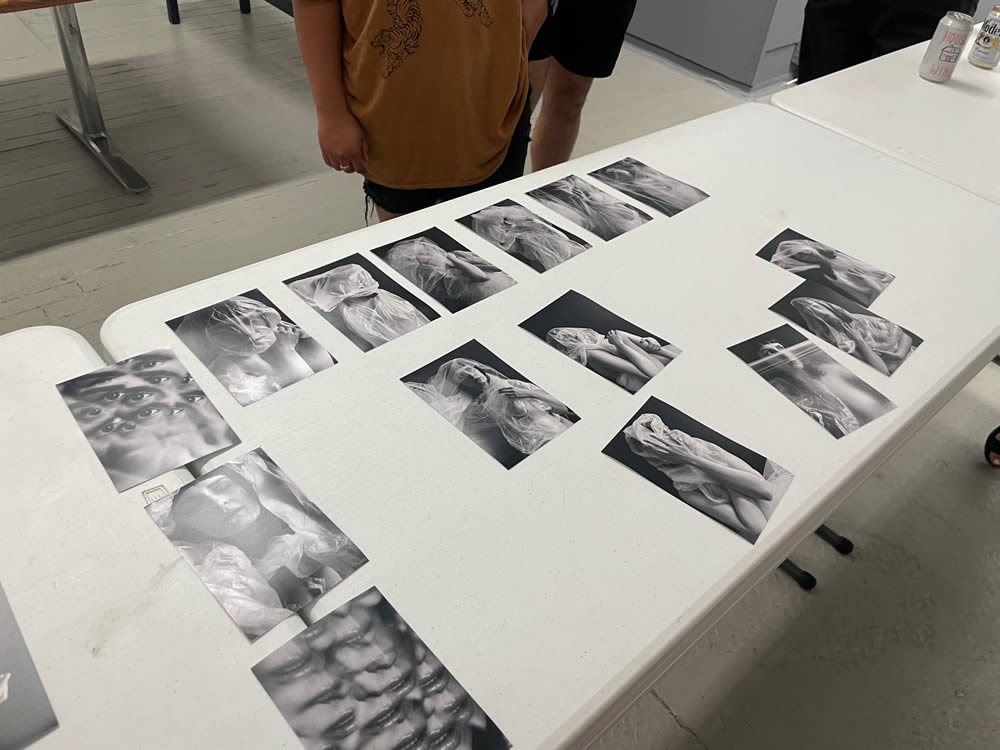
AV: What sets CMC apart from other photography communities?
ER: Our commitment to a friendly community space and that we invite a true diversity of members, both in their own backgrounds and in the type of work each photographer does. Over the years, we have had members tell us for years that they tried other collectives and kept returning to CMC because of how friendly and welcoming our space is. In an art world that can be exclusionary and exclusive, we have worked actively to create an environment that does the opposite of that. There is no gatekeeping or cool factor necessary to be a part of the show. Our membership is also incredibly diverse across all demographics and ages, as well as members’ journeys in photography, from hobbyists to full-time working professionals. We offer annual exhibition opportunities, monthly photo walks, and an annual photography retreat upstate to fully allow photographers to immerse themselves in photography.
AV: What criteria do you use to choose your members?
ER: CMC has a more open membership model, as we don’t turn anyone away. While CMC’s roots and its continued success lie in its ability to create a deep sense of community and friendliness, a requirement of that is membership consistency. We recognize that it can be a vulnerable act to share one’s artwork with a group of fellow artists and we lower barriers to entry by fostering a community of photographers that show up consistently. Membership requirements include 60% attendance for the year, a combination of monthly meetings and field trip attendance, showing prints at least twice a year, paying membership dues, taking over the Instagram account a couple of times per year, and having active participation in the critiques and exhibitions. Where choosing and selection come into our formula is for our group exhibitions, and we have a stricter set of guidelines for member work for display.
AV: Can you share a memorable story or feedback from one of your members that particularly touched or inspired you?
ER: I think the most memorable part of CMC is the combined monthly assurance we have created a warm, supportive environment where critiques are fun and the community is open and warm. New members often remark after their first meeting how much they enjoyed their time and often return, and long-time members have continued to affirm they stay a close-knit part of the CMC collective because we have created such a supportive community for several years. We are friends and community, and we celebrate each other’s wins. We have photographers in our membership who have been members for several years and members who have returned after long absences, cross-country moves, or maintained the connection over Zoom and WhatsApp throughout the pandemic until today. I have seen friendships develop in CMC that have continued for years outside of the camera club. We even have one couple that met through CMC.
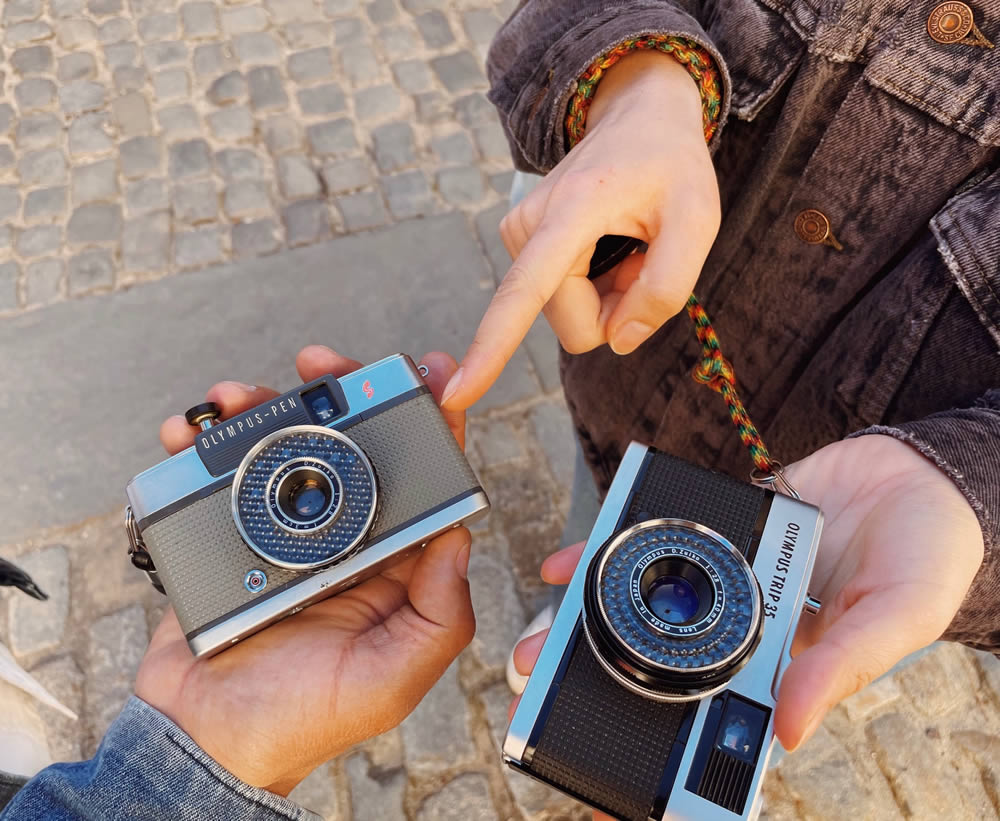
AV: What is your process for judging work and curating exhibitions for the club?
ER: The CMC Directors are the curators and jurors of any CMC exhibition, sometimes with the participation of an advanced CMC member. The first part of this process is setting the prompt and theme for the show and judging how well the members respond to the theme with their photo submissions and artist statements. We have held shows on a variety of topics, including The Male Gaze, The Personal is Political, Phone Photography, Space, and now our upcoming 10-year show, based on the prompt Less is More. Less is More came from the idea that after ten years, members have learned to hone in their strongest work and develop bodies of work that speak to their vision, talent, and passion.
Following this, the curators/jurors will examine each submission, usually 5-10 photos, for their technique, story-telling, and how compelling the images are individually and as a body of work. These are also taken into the context of a larger group show so that the work of each member individually also complements the larger theme and works well in a curated flow on the walls of an exhibition.
A big part of our curation process is the ‘before.’ We actively encourage, and now require, members to bring their prints to at least 1-2 CMC meetings to receive critical feedback on the work even before they submit it to the show so that they have had the time to develop a stronger body of work that responds well to the theme of the show.
AV: Can you walk us through a typical monthly critique for Camera of the Month Club members?
ER: Camera of the Month Club members convene monthly to share photographic work in a group critique setting. We require members to show physical prints, as this invites rich discussion and a tangible interactive critique process. The critiques offer feedback, rich discussion, and new ideas and strengthen each member’s ability to analyze their own photography in a friendly, competent, yet objective manner. In each meeting, up to 8 members show work, approximately 12-14 prints from a body of work they are currently working on. Each member gets the same amount of time for presentation and feedback and is offered two rounds of critique at two different critique tables.
During the critiques themselves, CMC Directors take the lead in moderating and asking questions of the presenting photographer, and other members are encouraged to join as well. The critiques are friendly yet firm. No one is ripped apart. We want members to leave a critique feeling encouraged and motivated. We discuss topics like technique, theme, colors, messaging, and experimenting. Members learn about who they are as photographers, honing their vision of what they shoot, how they shoot, and most importantly, why they shoot it. At the same time, we explore sensitive topics with grace and nuance, questions around identity, consent, and our responsibility as storytellers to our subjects. The meetings and exhibits foster a creative and supportive space for emerging to mid-career photographers to share their images, receive critical feedback, and develop their photographic vision. The collective promotes diversity within photography and the visibility of its members.
AV: How many exhibitions of CMC have you curated to date? Which has been the most compelling to you?
ER: To date, CMC has held 12 exhibitions in ten years. For a few years, we held two shows per year, both a Spring and Fall pop-up show. The pandemic forced us to pause exhibitions and re-examine our exhibition methods. We agreed as Directors that one annual show was more beneficial to our members and us as Directors so that we had more time to build a deeper theme and more time to organize a show that could run more than 1-2 nights.
I personally have curated and juried five of these shows, and while our exhibition The Personal is Political was a particularly strong show politically and socially, I also really enjoyed our Cordless: A Show About Our Phone Rituals, which was a tongue-in-cheek look at how our phones influence us as people and as photographers, and how we shoot differently on our phones and on our cameras.
Truth be told, our upcoming 10-year anniversary show might be our most compelling show to date, of which I am curating and jurying in equal parts with my fellow co-directors Carlos Juarbe, Taranita Costales, Ashton Gooding, and Charlie Lederer.
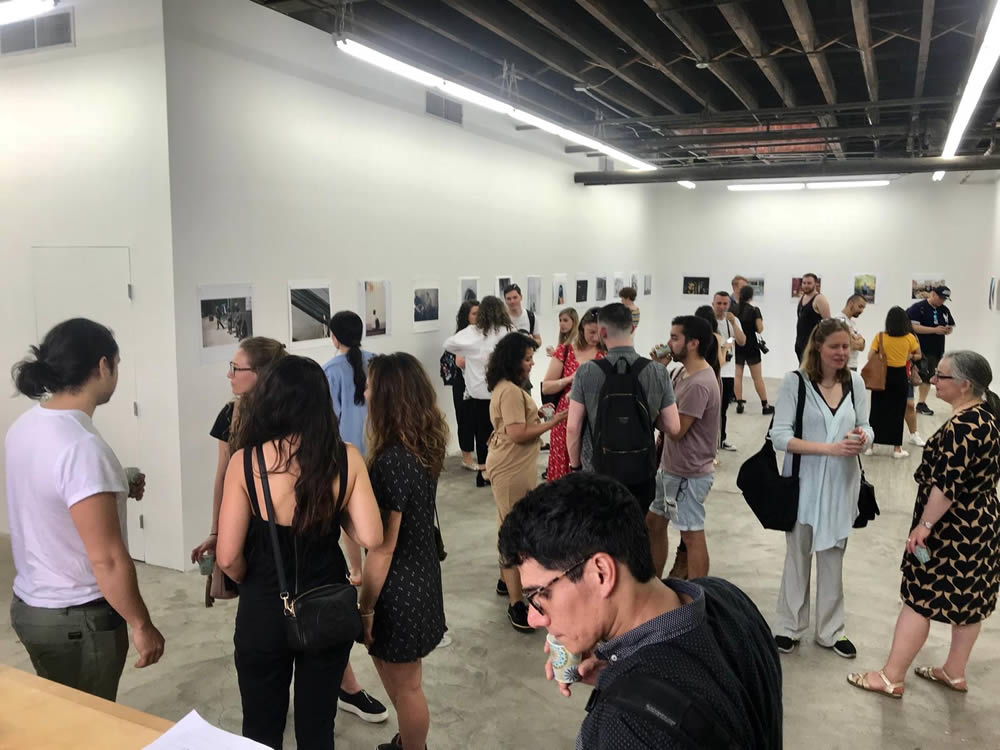
AV: What challenges have you faced in running CMC in NYC, and how have you overcome them?
ER: Fortunately, running CMC has been a mostly positive experience. The biggest challenges at the beginning were membership consistency, and it took us a few years to institute more formalized requirements that supported people to show up regularly. Over the years, we have had ebbs and flows with membership and directors, and today, we are at our strongest. Since we began having more formal policies around participation, deepened our critique model, and formalized a bi-monthly meetup model, our process has been really streamlined. As co-directors, we meet quarterly to plan the months ahead and to talk about what can work better as a collective and how we can support each other as directors.
AV: What has been the most rewarding aspect of founding and directing the club?
ER: Now, I can say that the most rewarding part is that a tiny idea I had at the beginning of my career has now morphed into a ten-year-strong NYC photography collective. I’m really proud of that. I also couldn’t have done it alone, and it’s incredibly gratifying to be surrounded by so many wonderful photographers, so much energy and talent, and my dedicated team of co-directors. There was a real turning point in 2020 when we all felt incredibly isolated and frustrated creatively, and we came together on Zoom seeing everyone’s faces reminded me that community still existed and people were grateful to be a part of CMC. We began doing monthly socially distance photo walks and meet-ups regularly during that time to break our isolation, and the feelings of community really skyrocketed as we endured a pandemic together yet separately at the same time. Since then, our bi-monthly consistency (a meeting and a photo walk) has really become a cornerstone of our model that I am really proud of because it fosters friendship, fun, and consistency in a way that wasn’t there as regularly beforehand.
AV: How do you balance your time between your personal photography projects and managing the club?
ER: Like most things in my photo career, there are ebbs and flows. There are weeks when I spend countless hours working on CMC and others when my job or my creative work comes first. Fortunately, I have a strong team with my co-directors, and we also balance the CMC work fairly evenly so that it is manageable.
AV: How has being part of CMC influenced your work as a photographer and educator?
ER: Being part of CMC has taught me the value of strong relationships, transparency, and accountability. It has reinforced the importance of community in sustaining creativity and personal growth. The rituals, consistency, and supportive environment have been crucial in my development as a director, photographer, educator, and mentor.
It has influenced me to be more patient and empathetic. I’ve grown to understand and appreciate the importance of rituals, consistency, and showing up for people regularly. This consistency helps build a strong sense of self and strengthens their work. Since my days at LOVE, I’ve known that the success of any group lies in fostering a sense of joy, wonder, and play in the work, providing critical constructive feedback, and involving the community in decision-making and participation.
I’ve often thought that if I needed to move or start a new photo collective, I would carry these lessons with me. I have built a photo family that I am very proud of, and I hope we are here in another 10 years.
In terms of my own work, I brought my series Beach Lovers to CMC in its early days in 2015 and now it is a successful book, many years later. The series grew in strength in no small part thanks to the continued feedback and guidance of CMC members and directors over the years.
AV: What are your future goals for CMC?
ER: Looking ahead, I would like to grow the profile of CMC within the NYC photography landscape. I am really proud of our current critique and membership model, and while there is always room for growth, I’d like to see it deepen in its strength and community as it stands. I’d like to continue to diversify our membership in our demographics. I want to be sure we can continue to offer an annual exhibition and annual photography retreat. Eventually, I’d like to organize more quarterly workshops.
AV: Are there any exciting upcoming projects or collaborations you can share with us?
ER: Yes, we’re excited about our Ten Year Anniversary Exhibition at Soho Photo Gallery from October 8-14, 2024. We’ll host various events, including a group show, photo critique, opening reception, industry mixer, photo walk, panel discussion, and a member-led workshop. All works will be for sale.
AV: What are the most important skills or attributes a photographer should develop?
ER: Photographers should cultivate stamina, grit, humility, and a willingness to learn continuously. Skills in organization and collaboration are crucial, along with attributes like kindness, adaptability, and a strong drive. Being able to work well with people, staying organized, and showing humility and ambition are key.
AV: What advice would you give to aspiring photographers looking to join or create a similar community?
ER: Understand your goals for joining or creating a community. If joining, know what you seek—community, critique, or specific photography genres. If creating, identify what’s missing in existing communities and how much time and effort you’re willing to invest. Consistency and a supportive environment are key.
Join the Camera of the Month Club at Soho Photo Gallery NYC from October 8-14, 2024, to celebrate a decade of creativity and community. For more details, visit www.cameraofthemonthclub.com

